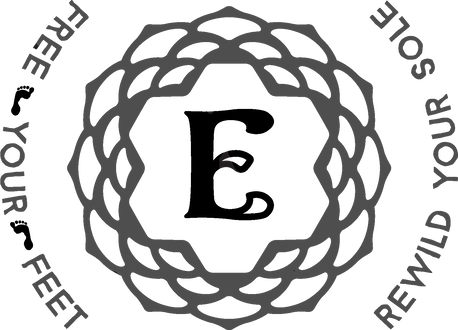Forest Bathing: The Benefits of Nature Forest Therapy

In present times, we spend most of our time at home or at the office, in our cars driving to and from work, or shopping in buildings. We rarely spend time outdoors, and as we become more disconnected as a species from the natural world, the incidence of modern diseases continues to rise. There are so many benefits to be gained by spending time in nature that the term ‘forest bathing’ has been dubbed, and in some places it’s actually a doctor-prescribed treatment! Ecotherapy and nature therapy retreats have also been popping up around the world.
Forest bathing is a concept that has recently gained popularity in the western world, though the practice was originally developed in Japan in the 1980s, known as Shinrin-yoku.
Forest bathing is the simple art of spending time in nature, and has several powerful health benefits that are backed by science.
Kaiser Permenente, REI, Medium, TIME Magazine, National Geographic, Harvard University, and more leading experts on health and nature have begun to acknowledge what we innately know: nature is not just a "nice-to-have" – it's a "HAVE-to-have"!
Benefits of forest bathing include:
- Decreases adrenaline: After breathing in the negative ions prolific in native environments, there is a measurable decrease in adrenaline, which is part of why spending time in nature is so relaxing.
- Boosted immune system function: One study found that after only 3 days of forest bathing, participants had a 50% increase in natural killer cells (important cells which keep you healthy). A natural oil called phytoncide, which trees and plants emit to ward off germs and insects, is attributed to the immune-boosting power of forest bathing.
- Improved cortisol (stress) response and improves mood: A study conducted in Taiwan concluded participants’ scores of “‘tension-anxiety’, ‘anger-hostility’, ‘fatigue-inertia’, ‘depression-dejection’, and ‘confusion-bewilderment’” were significantly lower, whereas the positive mood subscale score of “vigor-activity” was higher.” Participants in similar studies were tested for blood pressure and heart function, both of which showed impressive improvements.
|
|
|
- The immune system boost and lowered stress levels means less illnesses. Forest bathing/grounding also reduces risk of heart disease, improves heart rate variability, and reduces blood viscosity and clumping.
- Forest bathing gives your body a break from the non stop EMF assault of modern daily life.
- Circadian rhythm regulation: The natural light and earthing help to normalize your circadian biology and reset your body’s internal machinery--resulting in better sleep.
- Microbiome diversity: Inoculate your biome with healthy bacteria diversity. When we go into nature, we interact with the dirt and the air, which contain the natural biome of the forest.
- ...and many more!
|
|
|
Nature therapy is a cornerstone of Japanese medicine, it’s even a part of their national health program. Incorporating forest bathing into your life is one of the simplest and most effective things you can do to stack the functions of a healthy lifestyle. Incorporating nature based activities into your life offers many benefits to your longevity and overall well being such as: immune boosting, stress reduction and better sleep.

How to forest bathe:
The most straightforward way to forest bathe is to simply go out into nature. However, a more holistic philosophy often accompanies forest bathing and Shinrin-yoku. This philosophy encourages holding the intention to connect with nature, to heal, and to make your time spent outdoors meaningful.
Forest bathing can be done by anyone. There is no physical requirement, in fact, in Japan, a one mile distance (or less) is usually covered in two to four hours! This is not a hike or a strenuous physical activity, this is simply reaping the benefits of mother earth and allowing the healing properties into your life.
Forest bathing is a great way to prompt a rewilded lifestyle and spend more time in the dirt.
References:
https://www.ncbi.nlm.nih.gov/pubmed/17903349
https://www.ncbi.nlm.nih.gov/pubmed/27493670
https://www.ncbi.nlm.nih.gov/pmc/articles/PMC5579495/
https://pubmed.ncbi.nlm.nih.gov/27493670/









